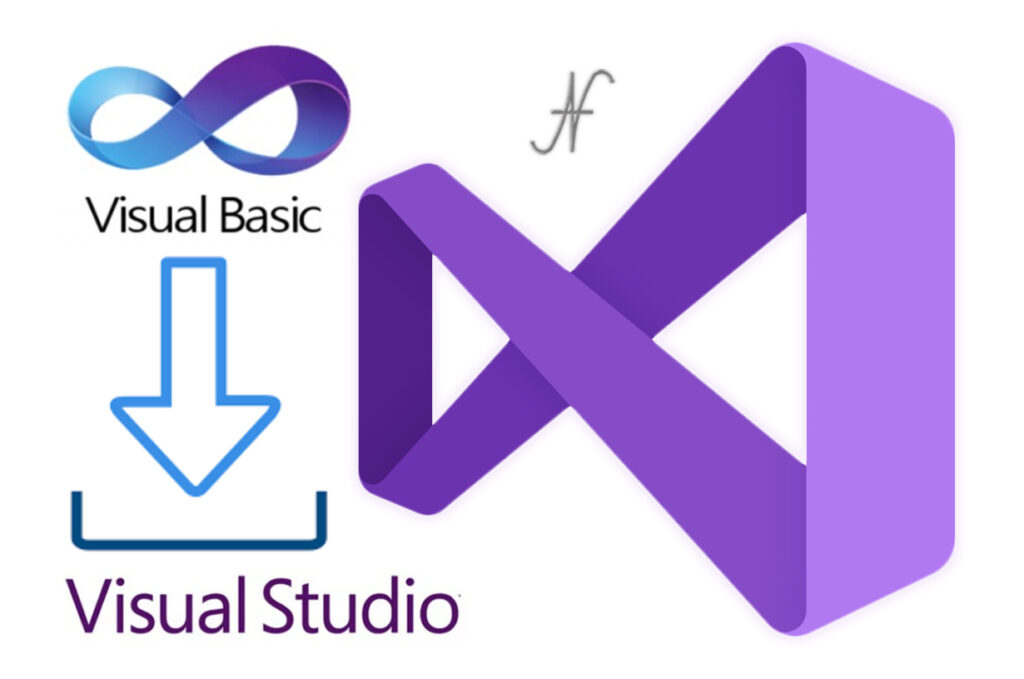
Free eBooks for Beginners
When learning a new programming language, one of the most important things to understand is the use of operators. Operators are special symbols that are used to perform specific operations on values or variables in a program. In Visual Basic .NET, or VB.NET for short, operators are used to perform a wide range of tasks, from basic mathematical calculations to more advanced logic operations.
In this article, we will take a look at some of the most commonly used operators in VB.NET and explore how they can be used to perform different types of operations.
One of the most basic types of operators in VB.NET is the arithmetic operator. These operators are used to perform mathematical calculations, such as addition, subtraction, multiplication, and division. For example, the “+” operator is used to add two numbers together, and the “-” operator is used to subtract one number from another. Other common arithmetic operators include “*” (multiplication), “/” (division), and “Mod” (modulus, which returns the remainder of a division).
Another important type of operator in VB.NET is the comparison operator. These operators are used to compare two values and determine if they are equal, greater than, or less than one another. For example, the “=” operator is used to check if two values are equal, and the “>” operator is used to check if one value is greater than another. Other common comparison operators include “<” (less than), “>=” (greater than or equal to), and “<=” (less than or equal to).
In addition to arithmetic and comparison operators, VB.NET also has logical operators, which are used to perform logical operations, such as “And”, “Or”, “Not” and “Xor”. These operators are used to combine or negate the results of comparison operations. For example, the “And” operator can be used to check if two conditions are true at the same time.
Another important type of operator in VB.NET is the assignment operator. The assignment operator is the “=” sign, which is used to assign a value to a variable. For example, if you want to assign the value 5 to a variable named “x,” you would use the following statement: “x = 5”
VB.NET also has conditional operator which is used to check if a condition is true and then assign a value to a variable. The operator is written as “? :” and it is used like this: variable = (condition) ? value1 : value2
Finally, VB.NET also has the “TypeOf” and “Is” operator which are used to determine the type of an object. The “TypeOf” operator is used to check if an object is of a specific type, while the “Is” operator is used to check if an object can be cast to a specific type.
In conclusion, understanding the use of operators in VB.NET is essential for creating efficient and effective code. Operators can be used to perform a wide range of tasks, from basic mathematical calculations to more advanced logic operations. Some of the most commonly used operators in VB.NET include arithmetic operators, comparison operators, logical operators, assignment operators, conditional operator, TypeOf and Is operator. With a good grasp of these operators, you will be well on your way to mastering the VB.NET programming language.
Cookbook – VisualBasic.NET for Beginners – Chapter 04 : Operators
 Loading...
Loading...
Disclaimer: The information and code presented within this recipe/tutorial is only for educational and coaching purposes for beginners and developers. Anyone can practice and apply the recipe/tutorial presented here, but the reader is taking full responsibility for his/her actions. The author (content curator) of this recipe (code / program) has made every effort to ensure the accuracy of the information was correct at time of publication. The author (content curator) does not assume and hereby disclaims any liability to any party for any loss, damage, or disruption caused by errors or omissions, whether such errors or omissions result from accident, negligence, or any other cause. The information presented here could also be found in public knowledge domains.
Learn by Coding: v-Tutorials on Applied Machine Learning and Data Science for Beginners